Steeped in history since ancient times
On this hidden paradise just three miles off the coast of Dublin, Ireland, lies a playground for puffins, a sanctuary for seabirds, and the adopted home of a troupe of wallabies.
By its very nature as an island, Lambay has a unique ecosystem and micro-climate that remains independent of the mainland. Visitors and guests are quick to note the proliferation of bees and butterflies of all shapes and colours, who thrive thanks to a lack of pollution, disturbance, and an abundance of flora and natural habitat.
This micro-climate is also perfect for cask maturation hence why we have placed our whiskey casks in the once used lifeboat cottage on our western shore.
Lambay Whiskey offers a VIP Whiskey Tour Experience for private groups only. Please visit whiskeyisland.ie for more details and booking inquiries.
This Summer should you wish to visit the Island on a Walking tour or Architecture tour simply enquire directly at www.lambayisland.ie/visit.
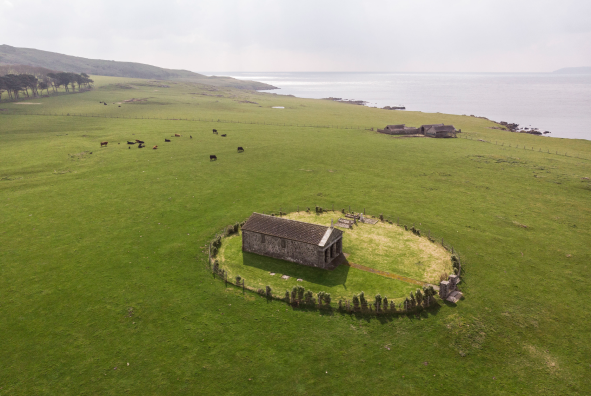
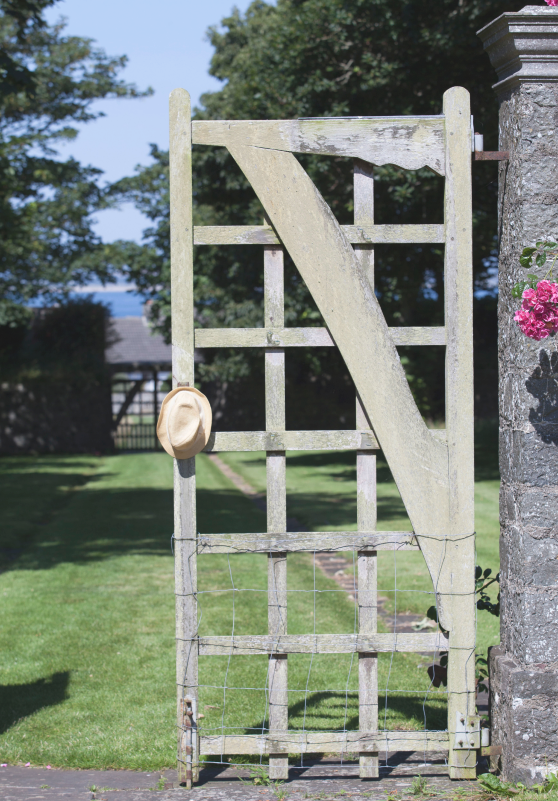
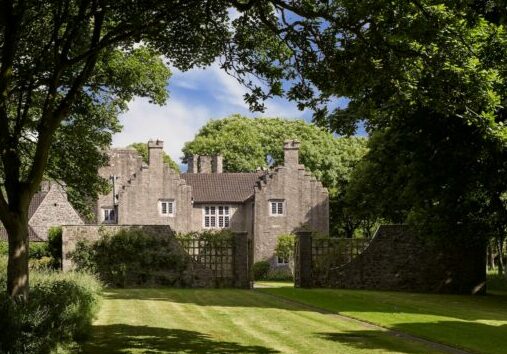
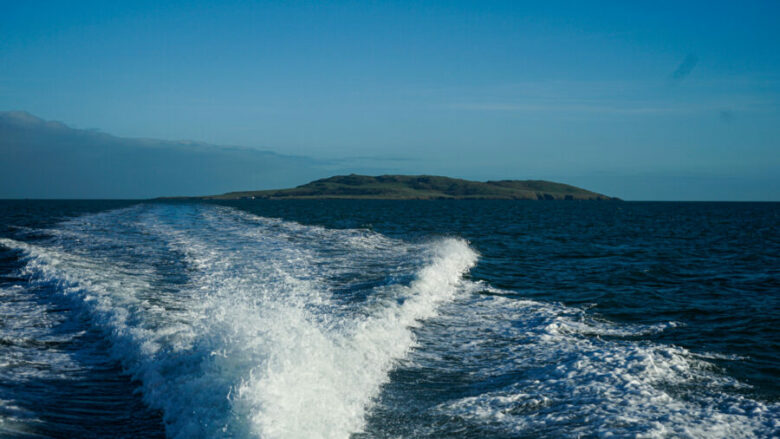
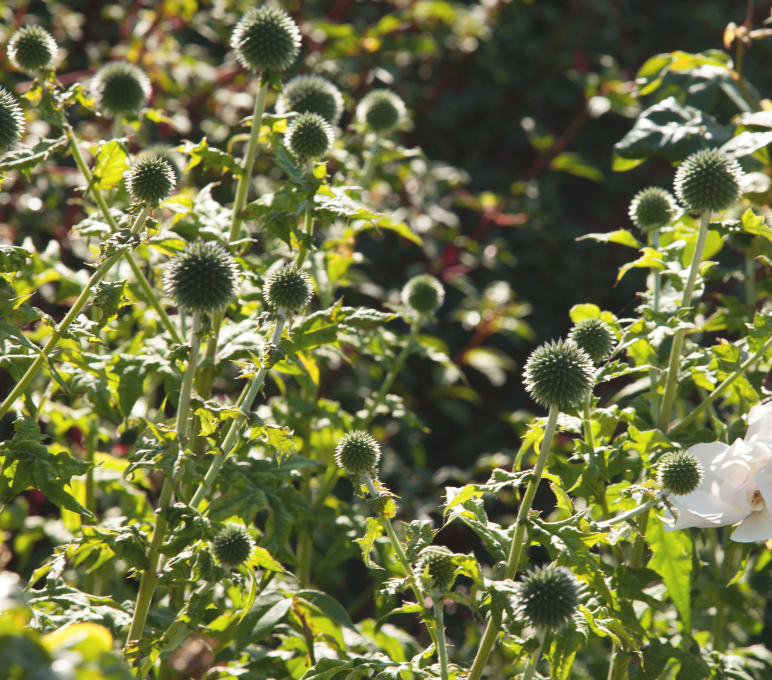
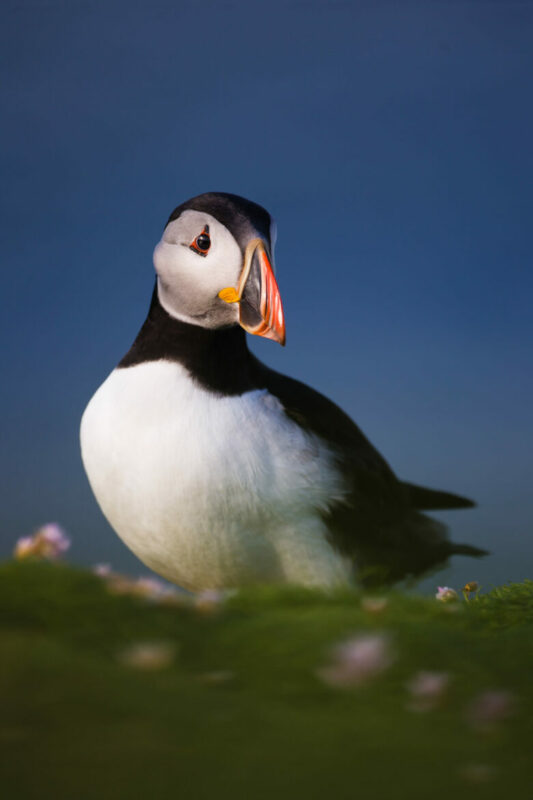
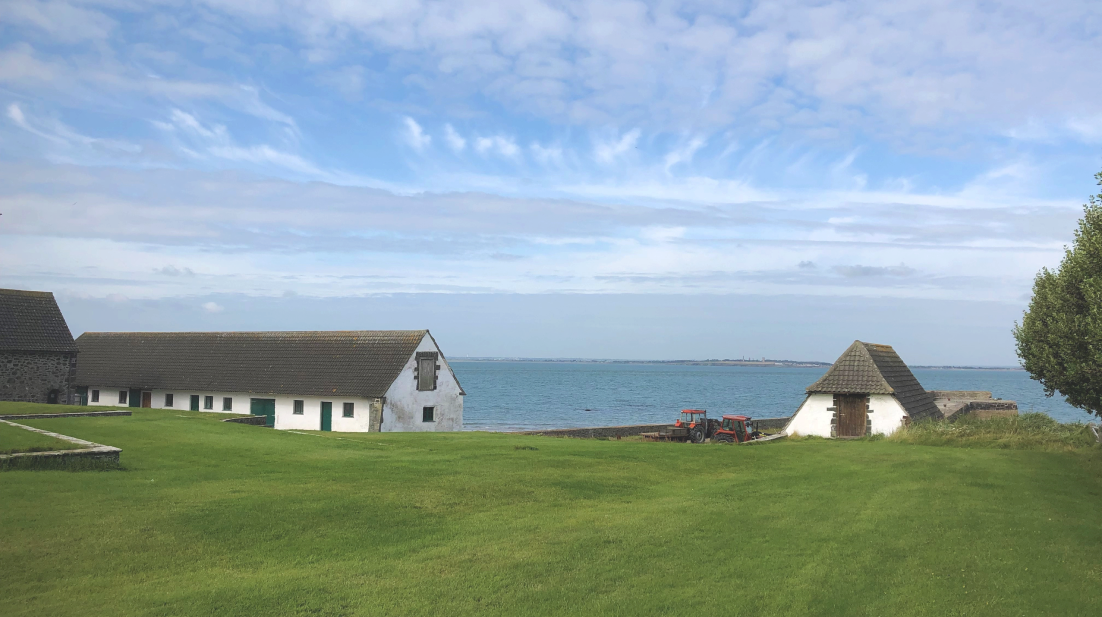
view from lambay to north dublin, ireland
While Lambay Island has a long history dating back to the arrival of the Danes in the 8th century it has passed through many lineages and families but mostly attributed to the occupation of Ireland and the island under British rule for many centuries.
In 1467, the island was given to John Tiptoft, Earl of Worcester, Lord Deputy of Ireland.
During the Williamite War, the island was used as an internment camp for 780 Irish soldiers and 260 rapparees.
The island was granted to John Challoner, Mayor of Dublin and Secretary of State for Ireland in 1560.
In the early years of the 17th century, Dirrick Huiberts Verveer, a wealthy Dublin merchant, and shipowner were granted a license to keep taverns and to sell wine and spirits in the Skerries area and on Lambay.
Petty’s census of 1659 recorded a population of just nine islanders at the time living in perfect isolation.
Challoner was ordered to build a fortified place of refuge and to re-establish a colony to guard against smugglers and pirates.
In 1611 the island was granted to Sir William Ussher and his heirs, who held the island for 200 years. In 1805, Lambay passed to Sir William Wolseley, a Ussher descendent.
In 1814, Margaret Talbot, widow of Richard Talbot (1735-1788), and then living in Eccles Street, agreed to purchase the island and the fishing rights from Wolseley for £6,500.
During the mid-19th century, the island population rose to 100.
Richard, 5th Baron Talbot de Malahide (at his own expense but at the instigation of a Father Henry Young), built a two-roomed, mud-walled thatched school in 1834.
Nothing, however, remains of the thatched school nowadays, however, the gravesites of these decedents remains near the Chapel grounds today.
James Considine, of Portrane House (brother of the late Heffernan Considine DL), purchased Lambay in 1888. Count Considine set about developing the island as a hunting estate and was the first man to introduce deer onto the island. Throughout much of the second half of the 19th century, the island was a popular destination for steamer excursions.
In the first half of the 19th century, the clergy of mainland Rush began to move parishioners from Rush to the island where they agreed with the Archbishop to look after the spiritual needs of the inhabitants. In 1831 the number of people living on the island was 84. It rose to over 100 in the 1840s with over 40 pupils attending the national school. From there on the population reduced gradually. When Cecil Baring bought the island in 1904, the population was less than twenty which included seasonal and coastguard workers. Today a total of 6 persons reside here.
Privately owned since 1904, and from 1907 onwards, they restored and enlarged the small ruined fort as their principal residence, transforming the building “into a romantic castle” and placing it in the center of a majestic circular enclosure beneath a canopy of Sycamore trees. The result is one of the few important Edwardian country houses in Ireland and the only Irish country house by the distinguished architect Sir Edwin Lutyens.
The Baring Family is committed to protecting and maintaining this precious ecosystem not only for the flora and fauna but also as a place where sustainable living and sustainable practices are prevalent, reminding us to slow down and live in a responsible and healthy manner.
Lambay Island is a haven for wildlife and a National Bird Sanctuary. Resident fauna includes a herd of fallow deer, a thriving colony of Atlantic grey seals, which pup on Lambay’s sheltered beaches, and, most unusually, a troop of wild red neck wallabies.
The diverse birdlife is of far greater significance, for this is an important seabird colony and their cries can be heard throughout the island.
Nesting birds include Fulmars, Guillemots, Herring Gulls, Kittiwakes, Manx Shearwaters, and Puffins, while Greylag Geese are common winter visitors.
Today Alexander Baring 7th Lord Revelstoke, is spearheading what has become known as “The Lambay Initiative”, a comprehensive effort to preserve this unique Island, ensuring that not only its coastline, flora, fauna, and architecture are kept in pristine condition, but that the original culture and values transmitted from generation to generation are kept alive into a vibrant yet discreet lifestyle instantly appealing to all who are fortunate to share it.
Lambay Estate
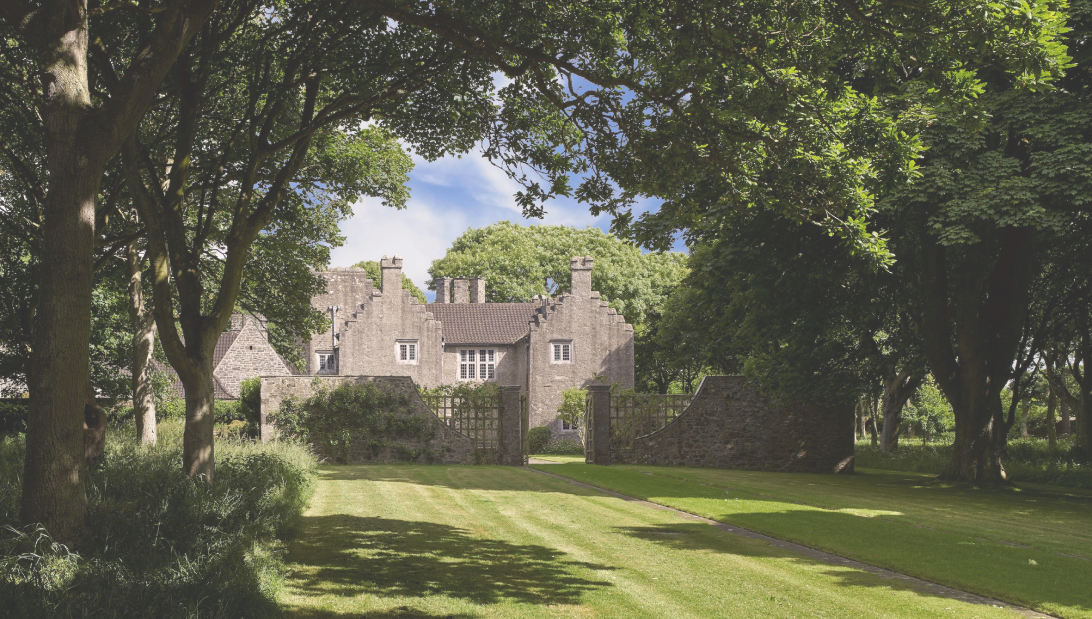
Lambay Castle
When purchased, the island’s 15th-century castle needed some repair. Cecil Baring first employed an unidentified architect from Dublin to renovate and extend the castle before engaging the world-renowned architect of his time, Sir Edwin Lutyens to work on the redevelopment project.
The castle is the only Lutyens-designed home, still in the hands of the family that commissioned it. Window frames, doorways, and stairs were built with Milverton limestone, each stone lovingly shaped from an individual template supplied by the architect. The original castle walls are all angled to permit enfilade fire from musket holes. Lutyens’ architectural gem took nearly five years to complete.
The three-bay center of the northwest front, which faces a bastioned gateway in the Rampart Wall, is flanked by two full-height projecting bays, each with crow-stepped gables and tall chimneys.
Lutyens attached a wing to provide guest accommodation at the northeastern corner and “regarded the link between the two buildings as one of his most brilliant architectural coups” since the castle, which appears single-storied on this front, continues to dominate the two-story wing.
Along with the enlarged garden and farm buildings, these additions were built in grey-green Lambay stone with grey pantile roofs to form a sequence of courts, walled gardens, and enclosed yards that give the impression of a small hamlet nestling for protection beneath the castle’s walls.
Lambay is exposed to the elements and the castle is “constructed with small doors and small casements so that the inhabitants seem, on rough days, to be sheltering like monks.”
The interior has vaulted ceilings, stone fireplaces, and a curved stone staircase, while much of the furniture and fittings are chosen by Lutyens is still arranged just as he intended.
Lutyens also adapted and enlarged a number of other early structures and integrated them into an ingenious layout for the whole island estate, including the farm, gardens, and plantations, all designed in collaboration with the horticultural and garden designer Gertrude Jekyll. The walled kitchen garden pierces the Rampart Wall to the south with the mausoleum in memory of the Revelstoke’s, designed by Lutyens in 1930, on the opposite side of the enclosure. He also designed The White House, overlooking the harbour on the western shores of the island, as a holiday home for the couple’s two daughters Daphne & Calypso.
Alongside is a row of old Coastguard cottages where casks of Irish whiskey mature today alongside the open-air Real Tennis court, one of only two still in existence. Lutyens became a firm friend of the Barings and continued to return to Lambay throughout his life, adding to his architectural designs and renovations over the course of three decades. The castle rooms still hold some incredible Lutyens designed furniture.
Cecil Baring became Lord Revelstoke in 1929 and died in 1934. He and his beloved wife Maude Lorillard are buried in the family mausoleum on Lambay, along with their son Rupert Baring and grandson John Baring. The Mausoleum, also designed by Lutyens, forms part of the circular rampart wall around the Castle and is engraved with a poem Cecil wrote in memory of Maude when she died.
Today Lambay Estate includes domestic extensions to the old Castle, a row of Coastguard cottages, the Bothy, the White House (family guesthouse), a harbour, boathouse, landing strip, and a distinctive open-air real tennis court, the only one remaining in Ireland.

